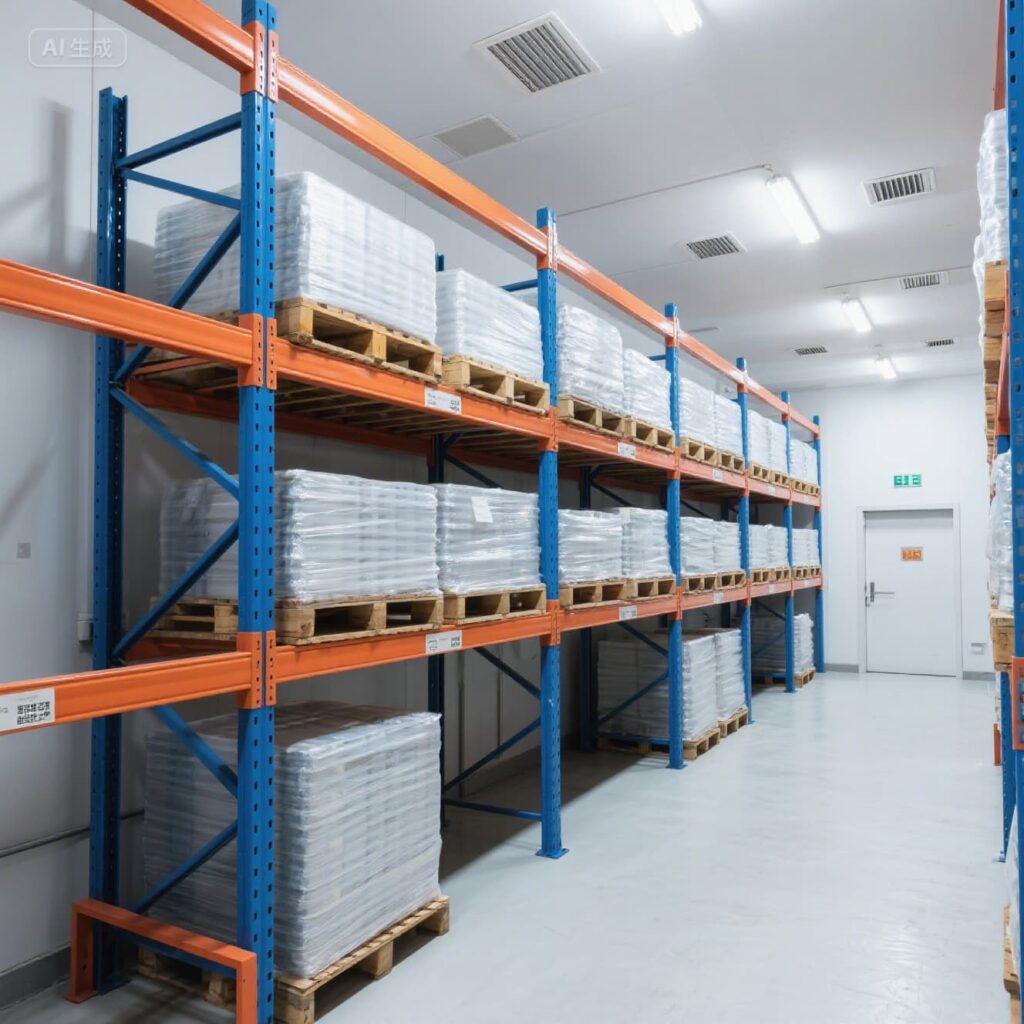Key Considerations for Cold Storage Warehouse Design
Designing an effective cold storage warehouse requires careful planning to ensure temperature control, operational efficiency, and product integrity. Below are the critical factors to consider:
1. Location Selection
- Accessibility: Choose a site near major highways, rail terminals, or logistics hubs to streamline inbound and outbound transportation.
- Reliable Utilities: Ensure stable power and water supply—frequent outages can compromise temperature-sensitive goods.
- Avoid Contaminants: Stay clear of industrial zones with chemical plants or heavy pollution that could affect product quality.
2. Building Construction
- Insulation: High-performance insulated panels (e.g., polyurethane) help maintain consistent temperatures and reduce energy costs.
- Roof Design: Proper slope and drainage prevent water accumulation and leaks, which could damage inventory.
- Flooring: Moisture-resistant concrete with vapor barriers prevents condensation and maintains a dry storage environment.
3. Refrigeration System
- Equipment Selection:
- Small warehouses may use semi-hermetic compressors.
- Large facilities require heavy-duty systems like screw compressors.
- Refrigerant Choice: Opt for energy-efficient options (e.g., R410A) to balance performance and sustainability.
- Backup Systems: Install redundant refrigeration units to prevent spoilage during equipment failures.
4. Temperature Monitoring & Control
- Smart Sensors: Place high-precision sensors throughout the warehouse for real-time temperature tracking.
- Automated Adjustments: The system should auto-regulate cooling when temperatures deviate from set points.
- Zone-Specific Settings:
- Chilled Storage: 0°C to 5°C (32°F to 41°F) for perishables like produce.
- Frozen Storage: Below -18°C (0°F) for long-term frozen goods.
Final Thoughts
A well-designed cold storage warehouse optimizes logistics, minimizes energy waste, and ensures product safety. By prioritizing location, construction quality, refrigeration efficiency, and smart temperature management, businesses can maintain a reliable cold chain.
Would you like additional details on energy-saving strategies or regulatory compliance?

